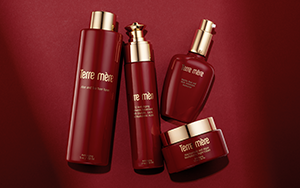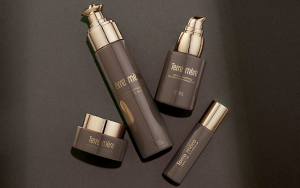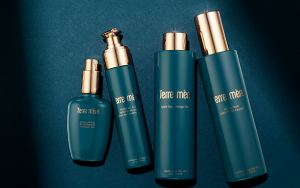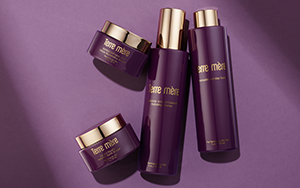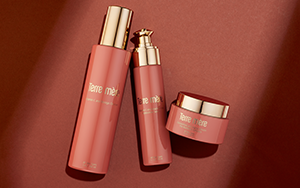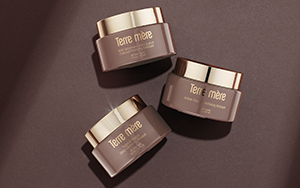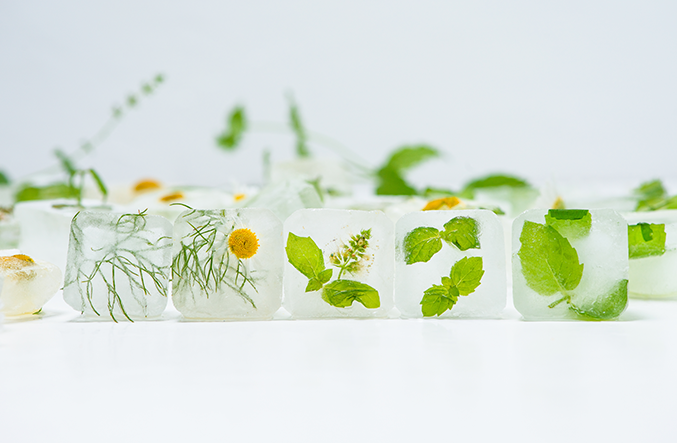
The skincare world is full of snappy industry buzzwords. Products touting “clean beauty,” “all-natural,” and “organic” labels fly off the shelves nationwide. But despite their apparent popularity, the difference between “clean” and “natural” hasn’t ever been officially sorted. In fact, there’s no legal definition of “clean beauty,” nor is there a governing body that determines the consensus around the definitions of clean and natural.
Natural beauty and clean beauty aren’t necessarily interchangeable. Sure, you can find clean beauty that’s also natural, and vice versa. But just because a product is natural doesn’t mean it’s clean.
Let’s break down the difference.
The Difference Between “Natural” and “Clean”
Even though there’s no official or legal definition for clean or natural, the industry generally recognizes the following definitions for these terms.
Natural beauty, products contain nature-derived ingredients without synthetic materials. Usually, that means that the ingredients in natural products come from plant or animal sources. Examples of natural products used in beauty and skincare include coconut oil, jojoba oil, and Vitamin C.
Clean beauty, on the other hand, refers to products that are created with ingredients that are safe for topical use in humans, the environment, or both. Typically, they’re denoted by their lack of certain ingredients, such as parabens, phthalates, alcohols, sodium lauryl sulfate, and other harsh chemicals that find their way into conventional cosmetics. Clean ingredients can be natural or made in a lab, but the bottom line is that clean beauty is made with products that don’t pollute the body or the environment.
Deciding whether to opt for clean or natural beauty products can be challenging, but think of it this way: there are plenty of substances found in nature you wouldn’t rub on your skin (looking at you, poison ivy!). That’s why it’s important to take the “natural” label on cosmetics with a grain of salt and dig deep into the true source of those ingredients.
Not All That’s Natural Is Clean
Of course, you wouldn’t find poison ivy listed as an ingredient on a bottle of lotion or perfume. But there are other natural ingredients you might run into that aren’t quite as clean as they seem.
A good example of this is squalene and its derivative, squalane. Squalene and squalane are emollients, which help to lock moisture into the skin. They’re also completely natural — but they’re often sourced from the livers of sharks, contributing to the depletion of shark populations and marine ecosystems globally. Not so clean after all!
Another natural ingredient to avoid is mineral oil. Mineral oil belongs to a class of chemicals called hydrocarbons, which are compounds made of carbon and hydrogen. It’s completely natural — but it’s not the greatest ingredient for the skin. Mineral oil is typically put in cosmetics to lock in moisture and create a smooth, silky texture. However, it’s simply too big a molecule to effectively absorb into the skin, which means it stays on the skin’s surface, reflecting UV rays and contributing to skin damage. Mineral oil also known to suffocate the skin’s natural barrier clog pores, which can lead to breakouts and dull, tired-looking skin.
No Regulation Can Lead To Conflation
If you’re wondering why there’s so much confusion in the industry surrounding what constitutes as “clean” and “natural,” consider this: the U.S. Food and Drug Administration (FDA), which regulates the ingredients allowed in our food, pharmaceuticals, and cosmetics products, has been around for 80 years. In that time, it’s only banned 11 additives for use in cosmetics. By comparison, the European Union has banned over 1,300 chemicals for use in cosmetics due to questions over their safety.
Given the lack of legal definitions and stringent regulations for cosmetics products, it’s easy to see why “natural” and “clean beauty” are often conflated. That’s why we’ve set our own quality standards for our products, having banned hundreds of ingredients from our manufacturing processes to truly ensure clean cosmetics.
To learn more about the ingredients we’ve banned, check out the list here!

